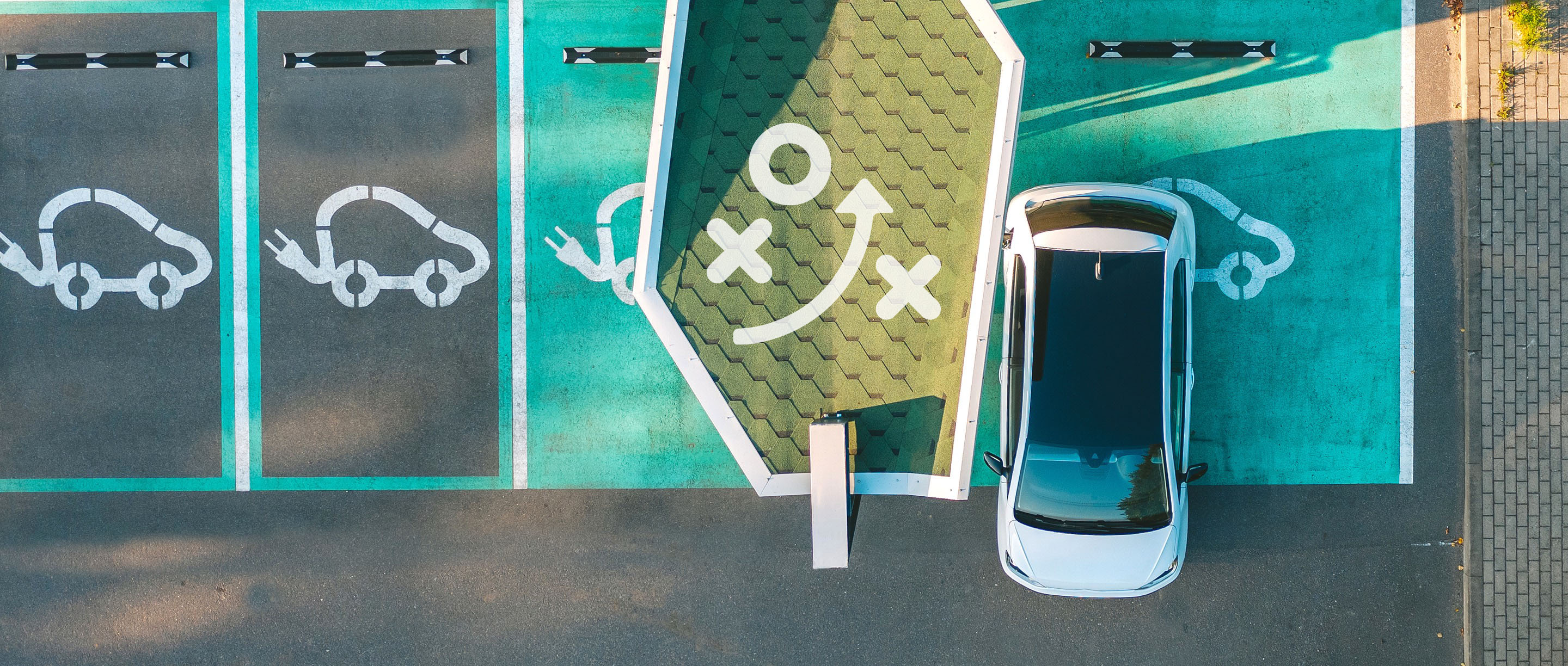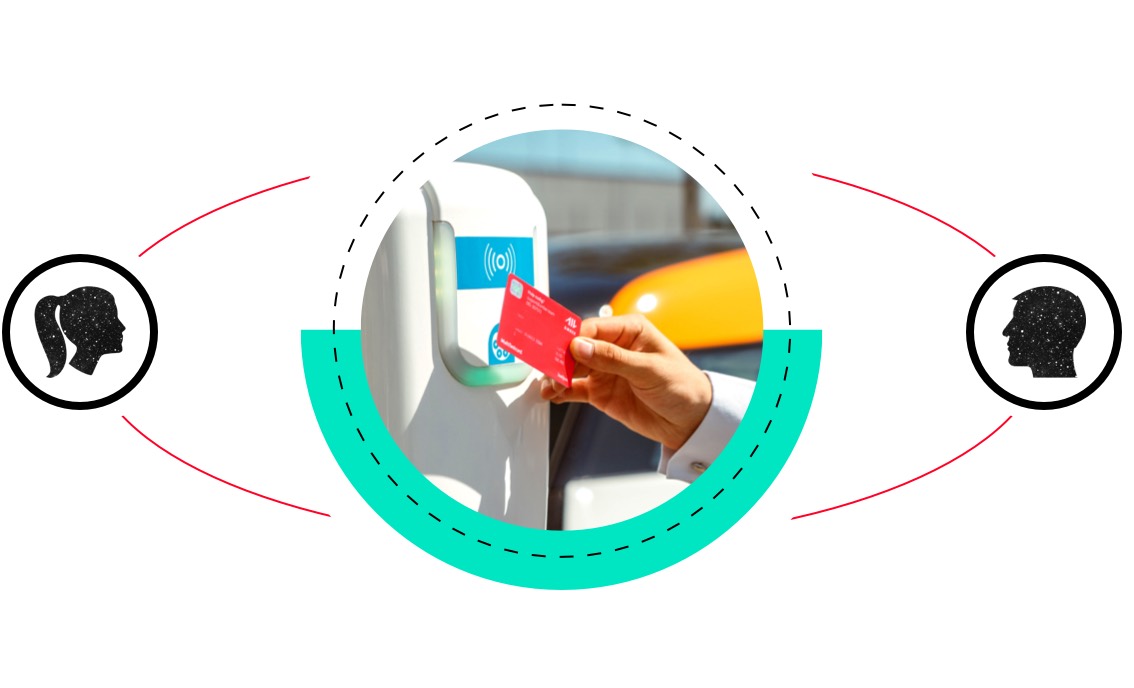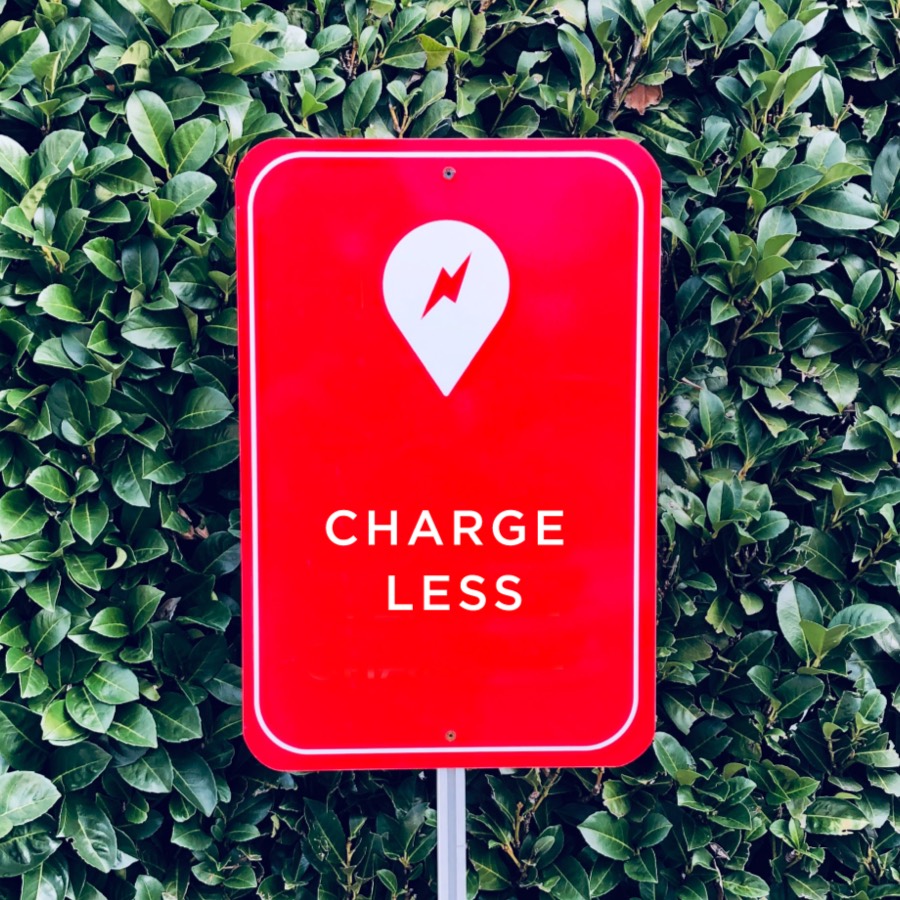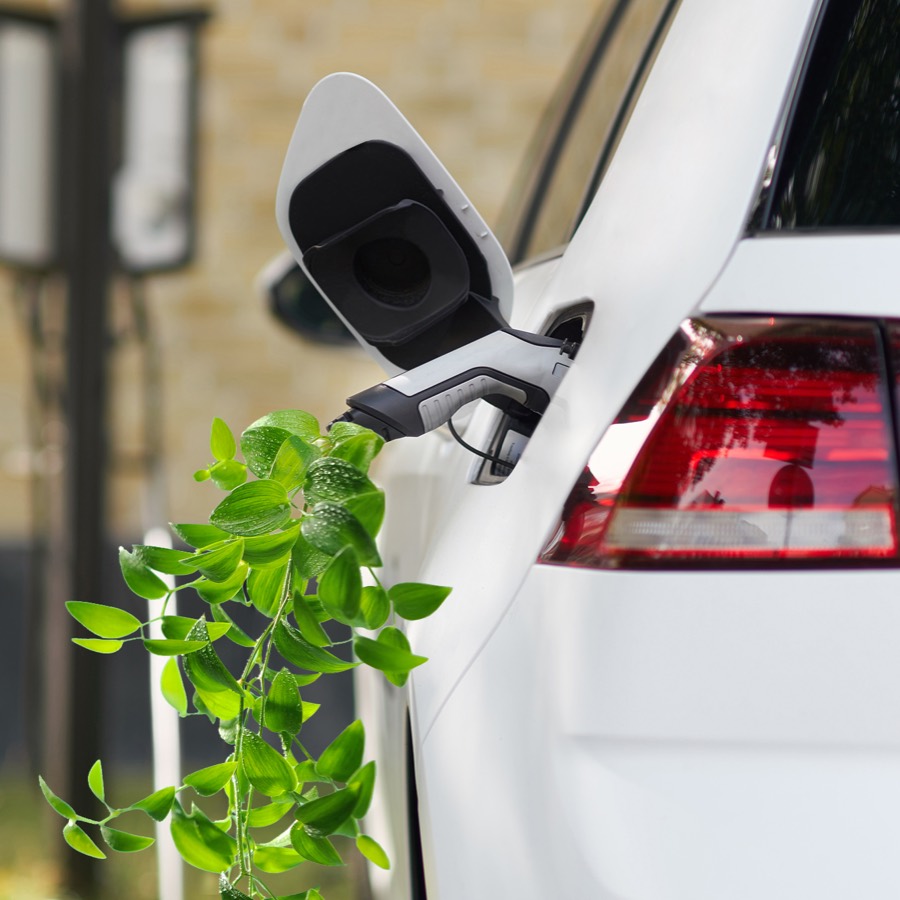Prospective EV buyers will need help figuring out the best deal beyond just unit price; they also need to figure out cost of ownership depending on their local energy infrastructure. When drivers consider the switch to an EV, they face an entirely new set of questions around charge point installation, access to public charging, fast charging, unpredictable prices at charging stations and often a lack of transparency. This presents an opportunity for energy utilities to begin building the customer relationship to help answer these questions. For example, California utility Pacific Gas and Electric and UK EV mapping service Zap Map provide online calculators to compare driving costs.
EV charging costs can vary a substantial amount, depending on location and type of charging station used. Utilities can help customers manage these charging costs and build trust. After the initial estimated $1,200 installation of a home charging unit, the typical cost of “filling up” an EV across markets and regions varies significantly and is often prone to volatility.
To ensure a smooth distribution of power to offset varying levels of demand, many utilities are installing multiple charging stations that offer equal service across the network. The load balancing helps manage peak period demand and helps utilities avoid cost-intensive, one-off increases in connection capacity and prevent peak loads that result in higher demand charges. Utilities that collect customer charging data can identify points of higher consumption on the grid and make off-peak charging offers. These efforts can also help avoid long lines of cars waiting to charge.
According to Publicis Sapient’s The Digital Life Index research, more than half of people globally say they are likely to use publicly provided charging stations and charging stations at retail fuel stations outside their home, particularly for longer drives. European countries are likely to provide around three million public charging points by 2030 in order to support the rising demand for EVs and the European Union’s long-term climate objectives, according to a report by green campaign group Transport & Environment.
Working with local municipalities, utilities can determine the most effective ways to move forward with developing public power infrastructure. Coordination at governance level is vital to manage the full ecosystem—from EVs, charging infrastructure, grid services, energy storage and connected services. In some cases, city codes and laws must be maneuvered, and other times there may be distribution or grid upgrades necessary to enable charging. Utilities are also increasingly stepping in to work with customers to better discern their changing electricity needs. The customer experience today can seem overwhelming, and utilities that take the lead by providing easily accessible and accurate information can extend a loyal customer base.
These charging points no doubt represent a major data collection opportunity, providing insight into EV drivers’ habits that allow energy utilities to consistently improve user experience. Earlier this year, Shanghai’s municipal government said it was ready to roll out 100,000 charging ports that will double as data-collecting interactive devices. The stations will have enhanced data-collecting capabilities and can offer battery information, user habits, vehicle location and other data. Utilities that get into the game early and collect customer data can build an understanding of where people are charging in order to build out charging infrastructure and use the data for new applications like vehicle-to-grid (V2G) integration.

















